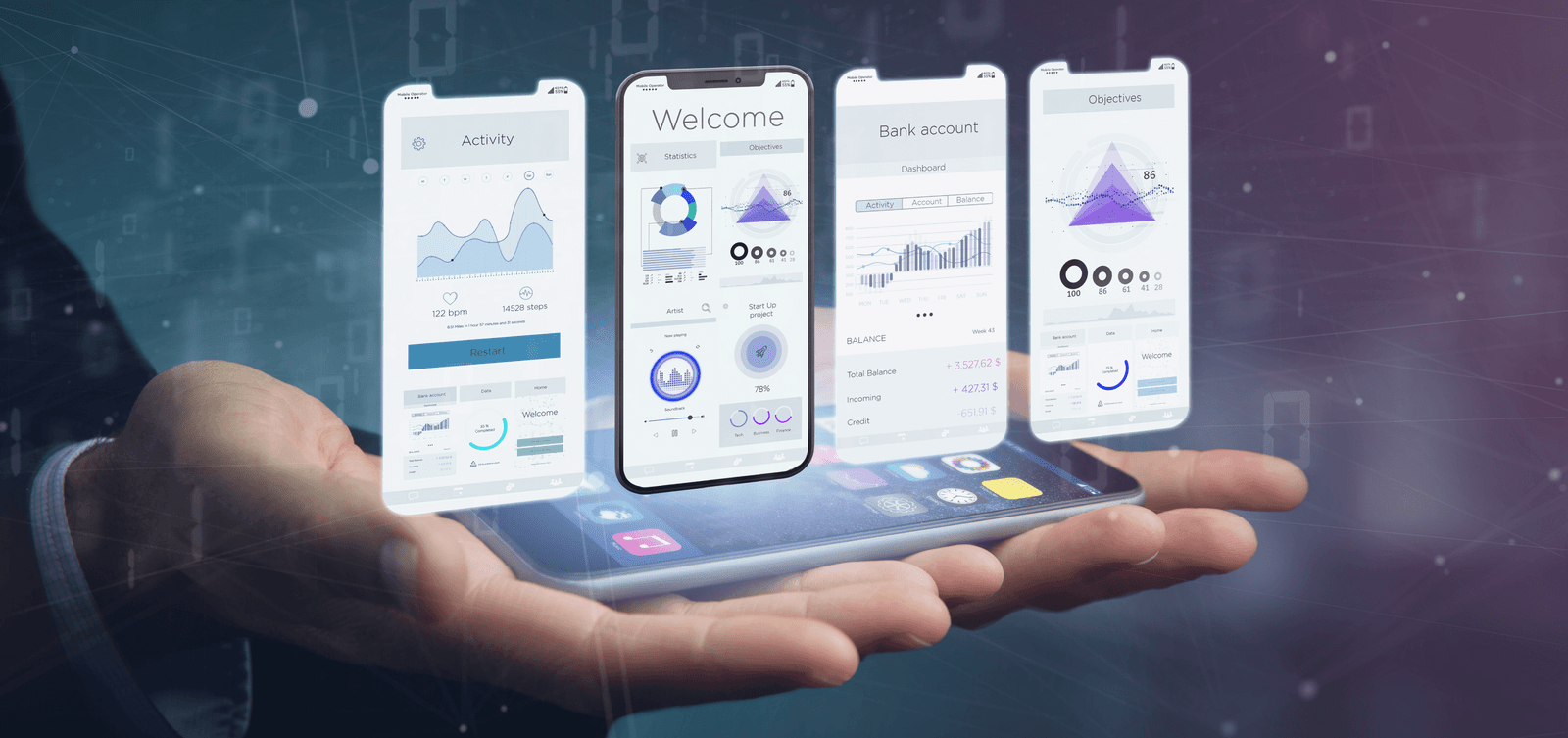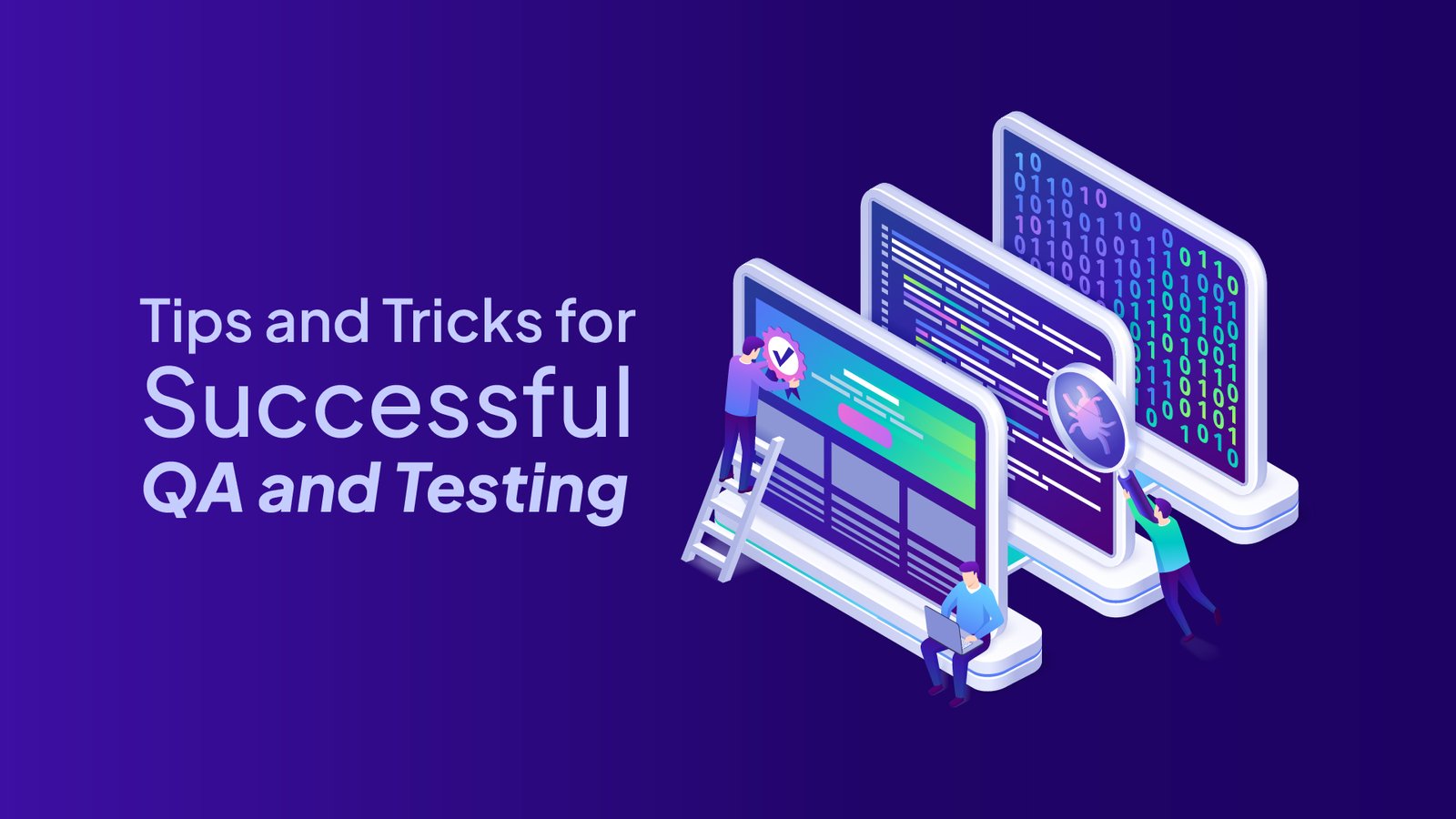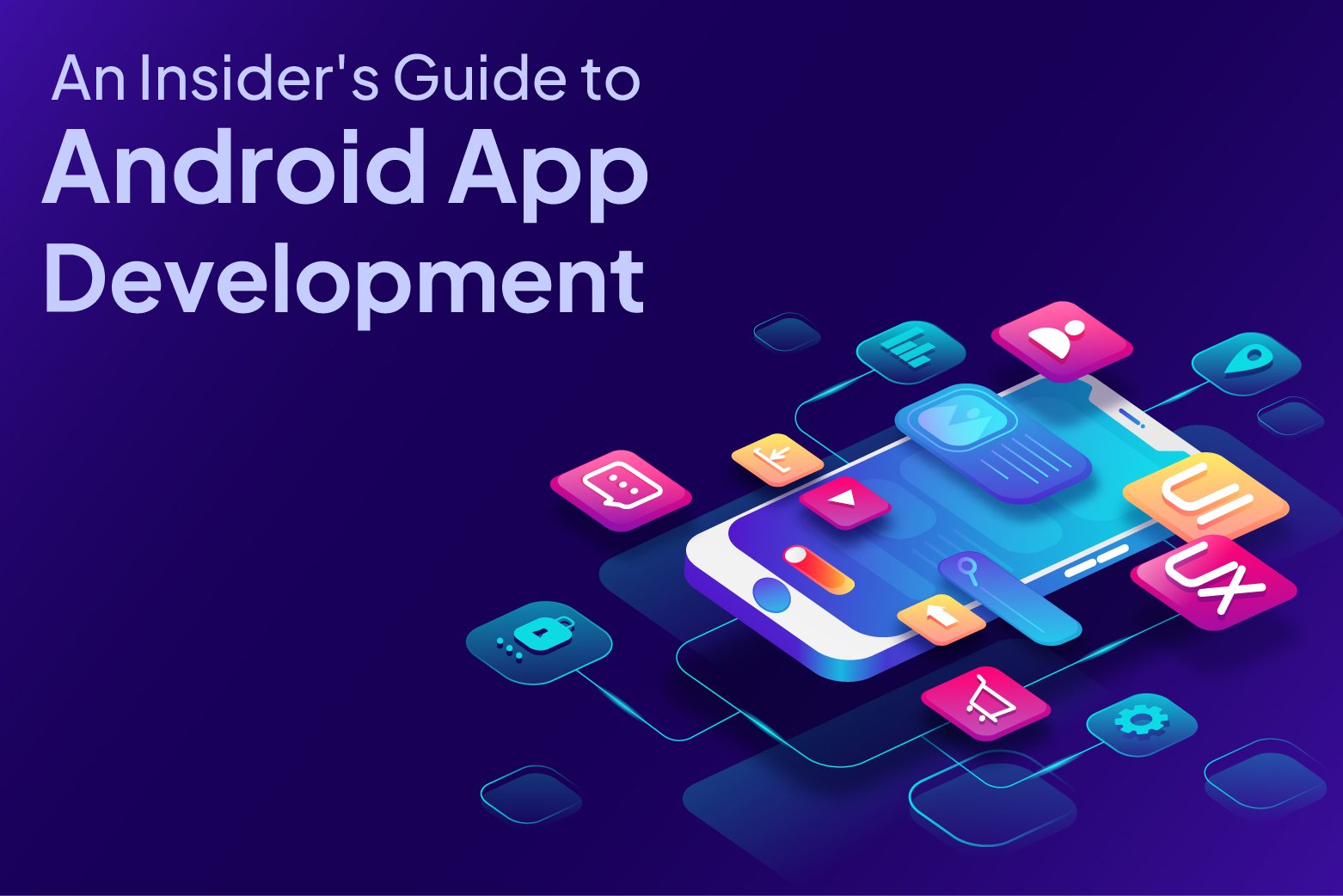Top 10 Android App Development Tips for a Better User Experience

The Android app development market is a competitive place, and it’s likely that your users have plenty of options when it comes to apps that do what yours does. However, if you want your app to stand out in the crowd, there are some simple things you can do to make sure it’s a great experience for everyone—from first-time users who don’t even know they need your product yet until they’ve been using it for years.
1. Android app development- Keep the first impression fresh
When your user lands on the app store, they may only spend a few seconds browsing before they decide whether to download your app or not.
In this short time period, make sure that you have a great first impression. Your first impression should be memorable enough for them to remember later on in their lives.
Here are some tips for making your first impression count:
- Keep it simple and clean – don’t overdo it with colors or images! A simple design gives off a more professional vibe than an overly complicated one does. You can add a few details here and there but keep the main portion of the screen clear so people can see what’s going on easily.
- Make sure everything works perfectly – if any buttons don’t work when pressed then users won’t think highly about how well-made your app is (even if there’s no reason why those buttons shouldn’t work). If something doesn’t work right away then fix it as soon as possible so users aren’t turned off by something as silly as broken navigation links (and once again this goes back to quality assurance testing).
2. Android app development- Speed is of the essence
You may have heard that speed is important for user experience and retention. But what exactly does that mean? In the world of mobile apps, slowness can be deadly.
Speed is a competitive advantage: users will abandon slow apps in favor of faster ones. This can be exacerbated by the fact that most carriers’ data plans include a monthly download limit (or cap). If your app takes too long to load when users are on LTE or roaming networks, they will either wait for it to finish before using it again or simply uninstall your app altogether.
The solution? You need to test your apps on as many different devices and networks as possible before launch. A good rule of thumb is one second per megabyte of content—so if you have a 10MB file, then try downloading it from various locations around the world (and at different times) until you find out what works best for your audience.
3. Design for everyone, not just one audience or user base.
Designing your Android app for mobile users can be a challenge. With the diversity of Android devices and screen sizes out there, it’s important to remember that not all users have the same experience as others. You need to make sure your app is designed in such a way that it works just as well on a large screen or small screen, with different densities, resolutions, and orientations.
If you’re going to design an app for everyone’s use case then you’ll need to take into consideration:
- Screen size
- Screen resolution
- Screen density (pixel density)
When designing for different device types and usage scenarios, it’s important not only to optimize for certain screens but also to include features that allow users who may be using older devices or feature phones access without sacrificing usability.
4. Make it easy for users to share your app
If your app’s main purpose is to share a message, it makes sense to make it easy for users to share that message.
- Provide social media buttons. The more buttons you have, the better chance you have at getting your app shared on multiple platforms.
- Provide email buttons and text messaging buttons (SMS). Email and SMS are often overlooked by developers when it comes to enabling sharing from their apps, but they shouldn’t be—these two mediums can be great ways for users to spread the word about your product or service with their friends and family members who might not use social networks like Twitter or Facebook as much as others do.
- Link back directly to the App Store page from within your app so that people can see which other apps are available from this developer in one convenient place (this also applies when linking out from within an article or blog post).
5. Keep the navigation consistent, simple, and clear.
You should keep your navigation consistent, simple, and clear throughout your app. Users should be able to navigate around the app without getting lost or confused.
This is especially important if you have multiple pages or sections in your app that are related to each other in some way. For example, if you have an eCommerce site with many product pages, customers should know how they can go from one item page to another (and back again) without any confusion:
- Make sure that all of the buttons for navigating within a page are located in the same place on each page of your app, so users can easily find them no matter where they are.
- Avoid using too many buttons or icons in the navigation bar; this will make it more difficult for users to figure out where they need to go next!
6. Make the most of push notifications.
Push notifications are a great way to increase engagement with your app and keep users coming back. However, they can be annoying when they feel like spam. To ensure that your push notifications are an effective tool rather than an annoyance, make sure you have permission from users before sending them any.
Next, ensure that the content of each push notification is relevant to the user’s needs and interests. If not, it will quickly become a nuisance in their lives—or worse yet cause them to uninstall your app entirely!
Make sure that each push notification is sent at a time when it’s most likely for the user to act on it (e.g., “We’ve got 50% off today only!”). This will also make it much more likely for them to engage with it; after all, who doesn’t want good deals? 😉
Finally: personalization always helps! Use what you know about each user (and their behavior) as well as any data collected about previous interactions with your app or website so that every message feels like it was crafted just for them alone!
7. Use images that don’t require a lot of storage space on a user’s device.
It’s important to use images that don’t require a lot of storage space on a user’s device.
- Use images with a maximum size of 256×256 pixels.
- Optimize your images for the platform they’re used in (e.g., Android or iOS).
- Limit the total size of all your app’s assets to less than 2MB (that includes all icons, splash screens, and other graphics).
8. Make sure it works offline, too.
It’s important to make sure that your app works offline. Some apps don’t even work when you have an internet connection, so if you’re going to be developing an app for use in a remote area, it’s imperative that your app can function without a data connection.
Furthermore, many apps need to work even when there is no cellular signal and no access to any Wi-Fi network. If this is the case with your app then make sure that its functionality doesn’t depend on being able to connect with a server or another device (such as a mobile phone).
9. Test your app in different ways before releasing it to the public.
It’s always a good idea to test your app on a variety of devices and network conditions. Testing will help you identify bugs and issues that might otherwise go unnoticed. You should also test different versions of Android, as some older phones may not be compatible with the newest operating systems. You should also test in different languages, as well as on different platforms such as iOS, Windows Phone, or Blackberry 10. Lastly, it’s important to test how well your app performs over various types of networks (e.g., Wi-Fi vs 4G) and network speeds (e.g., slow vs fast).
10. Be responsive when users have problems with your app
or have questions about how to use it on their devices and platforms of choice After you’ve launched, people will inevitably run into bugs. Make sure you’re ready for that because if they can’t easily find support, they’ll abandon your app and look elsewhere. If your analytics show that the majority of users are running an outdated version of Android, push them through a system update so they can access all the latest features you’ve added over time.
There are many ways to provide support: social media is one way; email is another; a website or blog post dedicated solely to answering customers’ questions is another option (we also recommend using Quora).
Conclusion
If you’re looking for a way to build an Android app, we can help. At TechEFolks, we have over a decade of experience building apps for businesses and individuals alike. Offering you the most comprehensive set of services on the market, we are your one-stop shop for growing your business.







